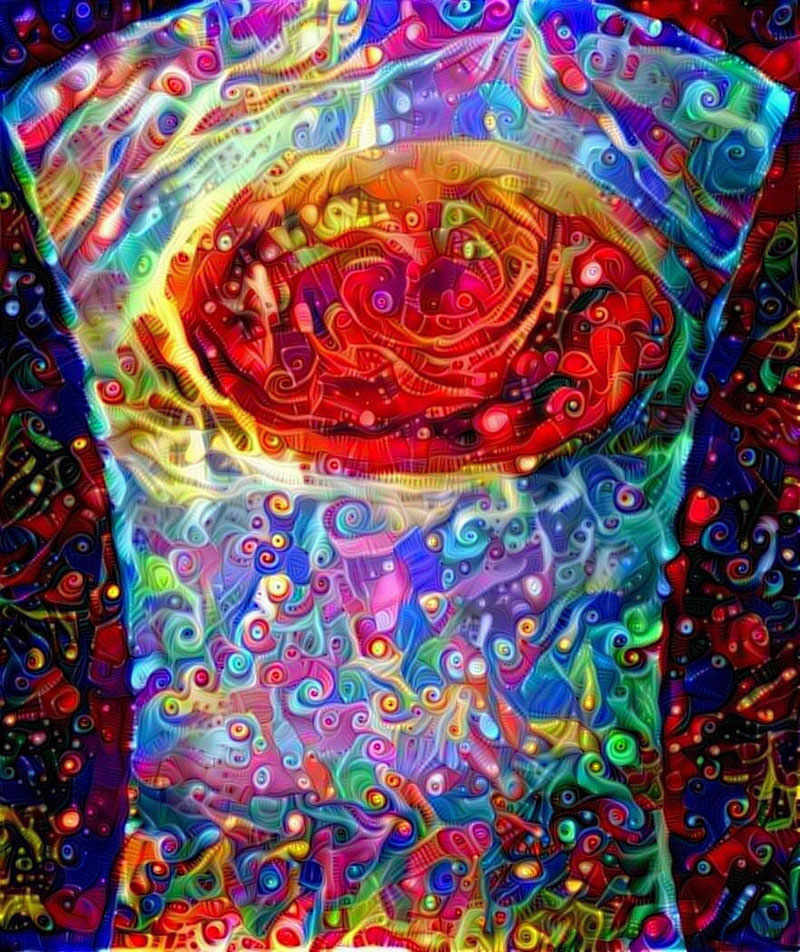| Author | Message |
Hello, Jupiter
| |
- E-mail - orgNote -  Report post to moderator Report post to moderator |
nice images. that one in the middle reminds me of an old-style combinatin lock | |
- E-mail - orgNote -  Report post to moderator Report post to moderator |
I was bored, thought those were pretty and thought I'd share. | |
- E-mail - orgNote -  Report post to moderator Report post to moderator |
The Galilean moons are as fascinating as Jupiter itself, especially Europa, which may have sub-surface ocean of water. | |
- E-mail - orgNote -  Report post to moderator Report post to moderator |
By St. Boogar and all the saints at the backside door of Purgatory! | |
- E-mail - orgNote -  Report post to moderator Report post to moderator |
See Jupiter's Great Red Spot as you've never seen it before in this new Jovian work of art. Artist Mik Petter created this unique, digital artwork using data from the JunoCam imager on NASA's Juno spacecraft. The art form, known as fractals, uses mathematical formulas to create art with an infinite variety of form, detail, color and light. The tumultuous atmospheric zones in and around the Great Red Spot are highlighted by the author's use of colorful fractals. Vibrant colors of various tints and hues, combined with the almost organic-seeming shapes, make this image seem to be a colorized and crowded petri dish of microorganisms, or a close-up view of microscopic and wildly-painted seashells. The original JunoCam image was taken on July 10, 2017 at 7:10 p.m. PDT (10:10 p.m. EDT), as the Juno spacecraft performed its seventh close flyby of Jupiter. The spacecraft captured the image from about 8,648 miles (13,917 kilometers) above the tops of the clouds of the planet at a latitude of -32.6 degrees.
| |
- E-mail - orgNote -  Report post to moderator Report post to moderator |
Pioneer 10 was a breakthrough mission, accomplishing several firsts among spacecraft. It was the first to fly beyond Mars, the first to fly through the asteroid belt, first to swing by the planet Jupiter, and first to leave the solar system. Along the way, the spacecraft even generated a mystery of its own – the Pioneer Anomaly – that took decades for scientists to solve. Thanks to Pioneer 10's pictures, the planet Jupiter and its moons, which were formerly only small circles in a telescope, became large, vibrant worlds in the eyes of scientists. For decades after those images beamed back to Earth, Pioneer 10 kept going. It sent valuable scientific data about the sun and cosmic rays before its signal became too faint for Earthlings to hear. Pioneer 10 also carries a plaque with a message to any intelligent life it might encounter on its journey. The Pioneer plaque includes diagrams of Earth's location and drawings of a man and a woman. Pioneer 10 and Pioneer 11 carry a plaque that features a design engraved into a gold-anodized aluminum plate attached to the spacecraft's antenna support struts to help shield it from erosion by interstellar dust.
Credit: NASA
| |
- E-mail - orgNote -  Report post to moderator Report post to moderator |
Jupiter never calls, it never writes. All you others say Hell Yea!! | |
- E-mail - orgNote -  Report post to moderator Report post to moderator |
| |
- E-mail - orgNote -  Report post to moderator Report post to moderator |
Jupiter in infrared. | |
- E-mail - orgNote -  Report post to moderator Report post to moderator |
 New topic
New topic Printable
Printable




